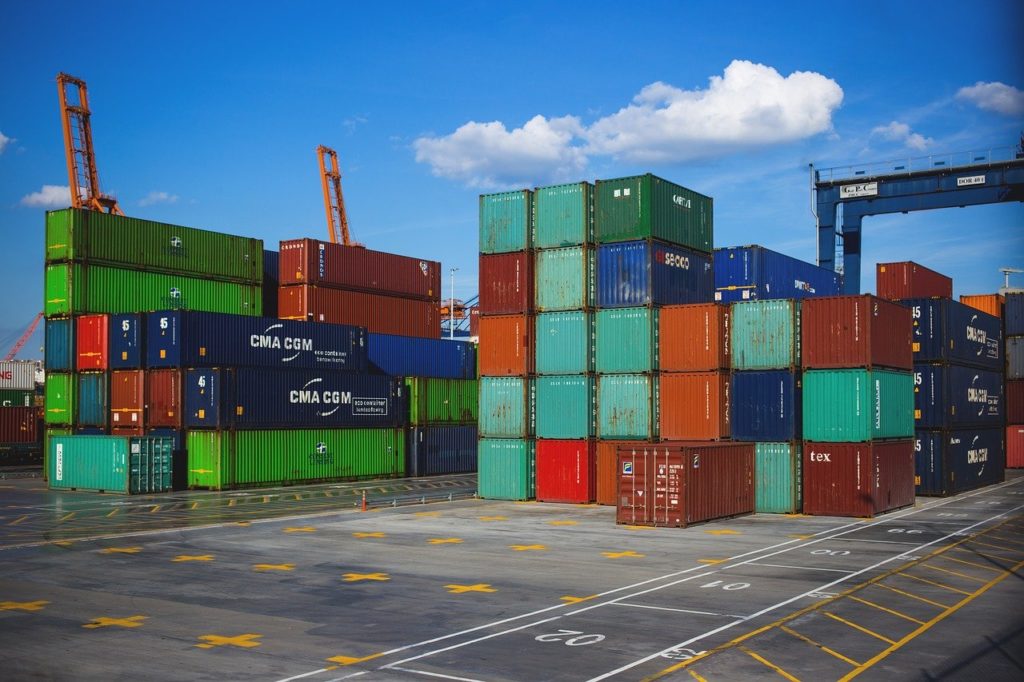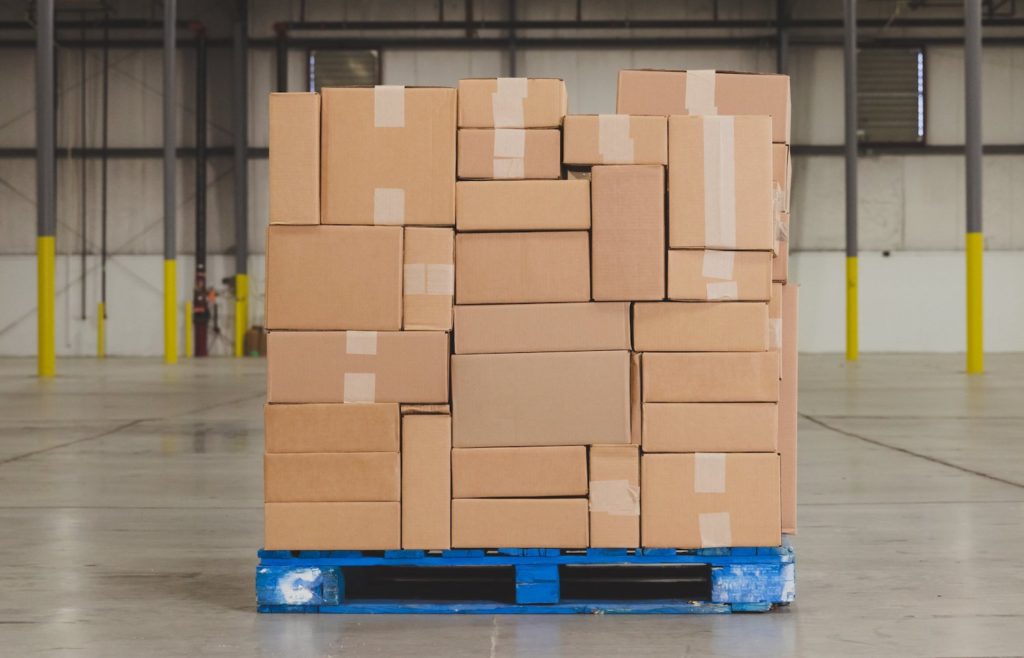
How Suppliers Manage Delays and JIT Manufacturing Commitments
The Intent Behind JIT Manufacturing
Just in Time (JIT) manufacturing is a workflow methodology that helps manufacturers speed products to market and reduce operating costs. While the JIT practice has its benefits, it presses suppliers to supply materials quickly with limited advanced notice.
JIT manufacturing is not a new idea. In fact, it can be linked to Japanese manufacturers, namely Toyota, as far back as the 1970s. The principle was and still is to operate as lean as possible while meeting the immediate needs of the customer versus stocking product in anticipation of customer orders. The theory is that by streamlining processes, reducing inventory and waste, and producing goods in smaller batches, the company can reduce its risk and inventory space while increasing production and improving quality. In its simplest terms, JIT can be defined as producing “only what is needed, only when it is needed, and only in the amount needed.”
The Pressure of JIT Manufacturing Commitments
OEMs cannot adhere to their JIT practices in a vacuum. Without an inventory to rely on, they are completely dependent on their suppliers’ ability to provide required parts for manufacturing on demand.
Related: OTIF Programs: What You Need to Know to Nail On-Time In-Full Performance Metrics
This poses risks for both the OEM and the supplier. If the supplier can’t meet their customers’ JIT requirements, they risk losing accounts and revenue. If the OEM fails to get their parts when needed to support their manufacturing efforts, they can’t produce and deliver their products to their customers on time, thus risking losing their customer base. Even a small interruption to the supply of materials can have a snowball effect, impacting the entire supply chain. The physical flow of materials from the supplier to the buyer cannot afford any disruptions.
JIT Scoring
Traditionally, it has been challenging for OEMs to control this flow of goods. In order to minimize their risk, many now score suppliers based on their ability to deliver on their JIT commitments. The scores have a two-fold purpose: to benchmark performance to drive improvements and to provide suppliers with a marketable advantage if they score well.
OEMs can use these scores to evaluate their suppliers’ performance and suppliers can taut their scores to attract new customers. A low score, therefore, puts the supplier at risk for losing more than just one customer. Similarly, a low score signals to the OEM that there is risk that needs to be addressed.
The score is based on various elements, one of which is delivery performance. The OEM needs to understand how often on-time deliveries occur and whether that metric is trending upwards or downwards per supplier. There’s more than meets the eye with on-time deliveries, however. Logistics is about transporting goods from point A to point B but also how the supplier controls transportation costs. Everything from the type of vehicle used to transport goods to how frequently goods are to be delivered play into those costs.
Meeting JIT Commitments Requires Agility
OEMs are becoming more demanding and precise in how the goods are delivered as well. Remember, the principle behind JIT is to minimize inventory. If a shipment arrives too early, space may not be available to store it or the manufacturer must pay for more space. If a shipment arrives too late, the manufacturing process can grind to a halt. To meet specific JIT requirements, suppliers must find ways to keep costs low while also being able to deliver the exact products on demand, sometimes multiple times a day at precise times of the day – and per client. One customer may only need parts monthly, while other clients may be more demanding, forcing the supplier to be flexible in how they operate.
It’s not difficult to see why JIT manufacturing is not always the magic bullet for a lean organization. The flow of goods is rarely constant because there is always unpredictability. The supply chain is under the constant threat for disruptions, prompting one analyst to say, “Manufacturers can afford fewer errors in the delivery of the supplier’s component; if a part isn’t there, the assembly line stops, and that can result in the loss of manpower and cash.”
Related: Supply Chain Risk Mitigation Begins with Proactive Planning
Minimizing Logistics Risks in JIT Commitments
Not every risk and unknown can be controlled. Fortunately, there are some variables that can be predicted ahead of time in order to allow for either a change in plans or at the least, for the supplier to set the proper expectations with its customers. By controlling logistics risks, the supplier is better able to meet their JIT commitments and give their customers the ability to meet their own customer expectations.
The first step is for suppliers to understand their role in contributing to the uninterrupted flow of goods in the supply chain. That means suppliers must know what risks face their ability to deliver on their commitments. It’s the only way to take a proactive stance against threats. By showing their customers that they have insight into logistics risks days and even weeks ahead of time, suppliers can improve their scores and their reputations.
Manually assessing all of the possible and potential logistics risks is virtually impossible. Logistics management must be automated and utilize intelligent analytics that detects all shipment risks and their probability and severity. It’s one thing to know a risk exists but quite another to understand how likely that risk is to occur to a specific shipment and how severe of an impact it would have if it did. Technology can now do that while also recommending lower-risk alternatives if the risk reaches a certain threshold.
Intelligent analytics is a game-changer, giving companies who use it a distinct advantage over those who continue to rely on manual processes and efforts. There are simply too many variables to consider. Revenue is also at stake. Missed risks or ones that are under- or over-estimated can increase costs.
Manage Delays with Intelligent Analytics
When attempting to manage delays, it’s important to evaluate what typically causes delays in the first place and then focus on the ones that can be controlled, at least to an extent. The receipt of critical parts may be dependent on global politics, for instance, a variable over which OEMs and suppliers have no control. But what about the weather, a formidable culprit to shipment delays? It, too, cannot be controlled, but it can be predicted and, therefore, planned for in advance.
Here’s where intelligent analytics comes into play. Meteorologists rely on sophisticated technology to evaluate weather patterns in order to provide accurate forecasts that help people plan. Similarly, suppliers need access to technology specifically built to help them evaluate weather risks that impact their shipments in order to plan. “Plan” implies a pre-knowledge of certain data. If suppliers have access to the right data far enough ahead of a shipment being tendered, they have time to plan and reduce their risk for any delays.
Intelligent analytics is capable of instantly gathering shipment data, such as a shipment’s origin, destination, pickup time and projected delivery time, and then overlay multiple pieces of weather risks to stimulate the shipment’s route – as much as 10 days before pickup. Each shipment is given a score that indicates whether a predicted risk poses a low, medium, or high threat and where along the shipment’s route the risks can be expected. Suppliers can see the big picture in advance so they have time to find lower-risk alternatives that will enable JIT manufacturing.
This contextual data is powerful. It gives decision-makers the ability to go beyond shipment data to see the connection between shipments, threats, and downstream customers. Intelligent analytics gives suppliers an advantage with the capability to more consistently meet JIT, even if it means altering schedules, lanes, modes of transportation, and/or the type of vehicle.
Related: Using Supply Chain Predictive Analytics to Reduce Risk
This foreknowledge results in improved operations that earn better scores and greater cost control. For instance, when managers have a clear picture of the risks a shipment is facing, they can make smarter decisions about when or if it is necessary to spend more on air freight in emergency situations or reefer trucks in colder climates. Instead of assuming that a more expensive option is the only option, logistics managers have time to explore alternatives that cost less while also meeting customer demands.
Intelligent analytics is replacing legacy logistics tools. As more companies shift towards Lean-Agile methodologies to support JIT manufacturing efforts, suppliers will be forced to respond. Legacy applications were not built to meet the changing requirements and rigorous demands of today’s OEMs. Intelligent analytics modernizes the supply chain and gives suppliers the means to remain competitive, efficient, and profitable.



